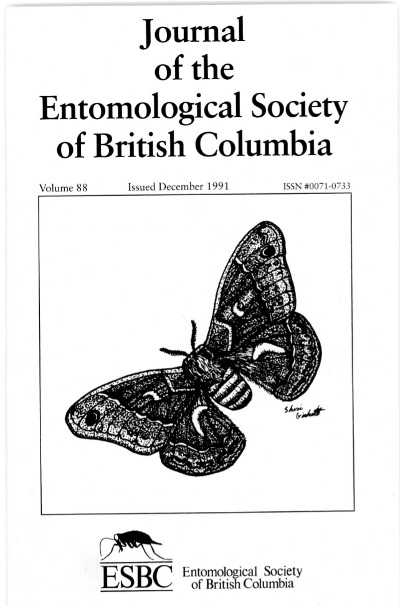Unseasonably Low Fall and Winter Temperatures Affecting Mountain Pine Beetle and Pine Engraver Beetle Populations and Damage in the British Columbia Chilcotin Region
Abstract
Unseasonably low temperatures in the fall and winter of 1984 and the fall of 1985 resulted in the decline and termination by 1987 of a major mountain pine beetle infestation which had been in progress since the late 60's. Following the winter of 1984-85, brood survival on lodgepole pine trees in plots near Tsuh Lake in the west-central Chilcotin area of British Columbia was restricted to the lower 0.5 m of infested boles, and the estimated average emergence of female beetles per tree was about 10% of the number required for replacement of the parent generation. Pine engraver beetle populations which built up during the mountain pine beetle epidemic killed many trees in 1985 and 1986, but collapsed by 1987, due mainly to tree resistance and other natural factors. The rise and fall of tree mortality from the pine engraver within the plots paralleled that in the rest of the central Chilcotin following the collapse of the mountain pine beetle outbreak.Downloads
Issue
Section
License
Authors who publish with the Journal of the Entomological Society of British Columbia agree to the following terms:
-Authors retain copyright and grant the journal right of first publication with the work simultaneously licensed under a Creative Commons Attribution License that allows others to share the work with an acknowledgement of the work's authorship and initial publication in this journal.
-Authors are able to enter into separate, additional contractual arrangements for the non-exclusive distribution of the journal's published version of the work (e.g., post it to an institutional repository or publish it in a book), with an acknowledgement of its initial publication in this journal.
-Authors are permitted and encouraged to post their work online (e.g., in institutional repositories or on their website) prior to and during the submission process, as it can lead to productive exchanges, as well as earlier and greater citation of published work (See The Effect of Open Access).


